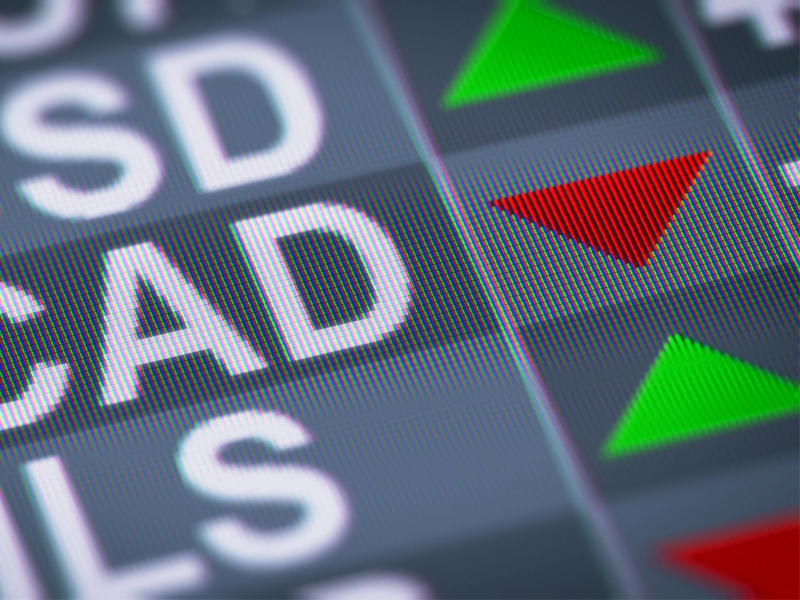
Of all the classic year-end tax tips we share with our clients each December, for 2022 the most talked about tax strategy is tax-loss selling, given the tumultuous market returns for both stocks and bonds to date. For example, as of mid-November, the S&P 500 index was down nearly 17% year-to-date, and the Nasdaq down almost 30%. Some sectors fared even worse, with the health care and technology TSX sectors each down over 50%.
Clients who bought U.S. stocks early in 2022 may be tempted to reap the benefits of tax-loss selling this December, perhaps to use those losses against other gains in 2022 or to carry back those losses and apply them against capital gains in 2019, 2020 and 2021 to get a refund of tax paid in those years.
But a word of caution: Before engaging in any tax-loss selling of foreign currency securities, it’s imperative to consider the foreign exchange implications before hitting “Send” on that tax-loss trade.
Consider the following scenario. Let’s say Isaac bought 100 shares of a U.S. company in January 2022 when the price was US$100 per share and the U.S. dollar was trading at $1.26. The price of the shares has now fallen to US$95, and Isaac decides he wants to do some tax-loss harvesting to use the US$500 accrued capital loss against gains he realized earlier this year.
Before knowing if this strategy will work, he’ll need to convert the potential U.S. dollar proceeds back into Canadian dollars. If the exchange rate today is US$1 equals $1.37, selling the U.S. shares for US$9,500 yields $13,015. There is a capital loss in U.S. dollars of US$500 (US$9,500 – US$10,000), but there is a capital gain in Canadian dollars of $415, calculated as the Canadian dollar proceeds of $13,015 less the Canadian-dollar-adjusted cost base of $12,600 (US$10,000 × 1.26).
If Isaac had gone ahead and sold the U.S. stock, he would be doing the opposite of tax-loss selling and accelerating his tax bill by crystallizing the accrued capital gain in 2022! (Imagine if Isaac had bought that U.S. stock back in November 2012, when the U.S. dollar was at par with the Canadian dollar.)
Bottom line: Pay attention to the foreign exchange component of any gain/loss tax planning to ensure your clients aren’t unpleasantly surprised when it comes time to report those dispositions on their tax returns next spring.
Jamie Golombek, CPA, CA, CFP, CLU, TEP, is the Managing Director, Tax & Estate Planning with CIBC Private Wealth in Toronto.
